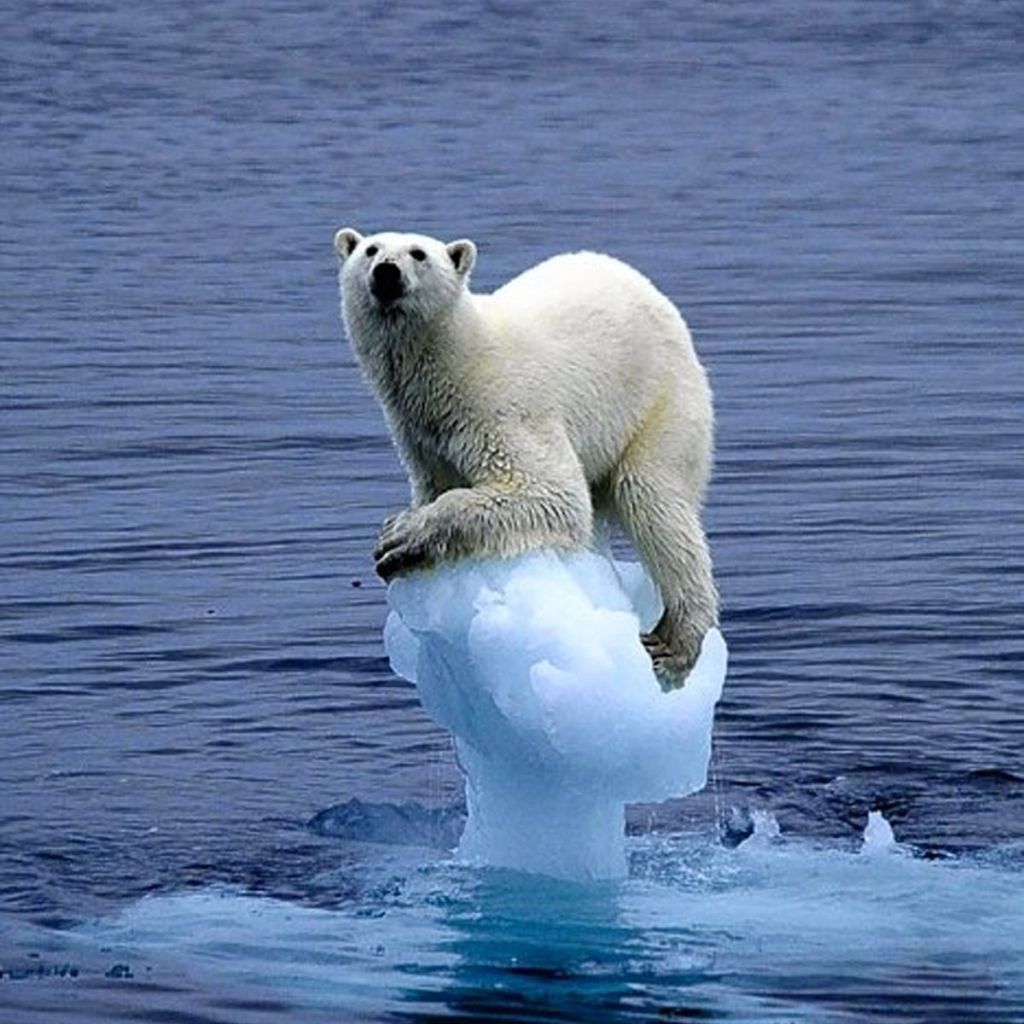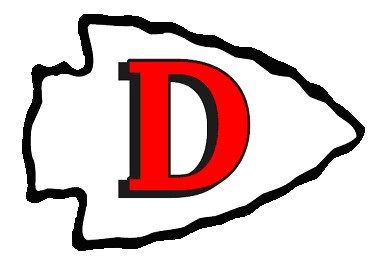
By Talia DiCapua ’25
The world is changing drastically and animals are struggling to keep up. Climate change is causing temperatures around the world to rise and natural disasters are becoming more frequent. Glaciers are melting, sea levels are rising, and temperatures are getting too hot for animals to withstand. According to The Impact of Climate Change on our Planet’s Animals, “If rates of habitat loss and fragmentation due to human development and global warming continue—combined with deaths from poaching—we could lose Africa’s elephants in the next 40 years.” Humans are contributing to climate change and it is driving millions of animal species to extinction. Soon, many animals will no longer be around and it will be because humans were too late to help them in their most desperate time. Humans aid climate change with large amounts of food waste, burning fossil fuels, and unclean energy, and it needs to be stopped.
What really is climate change? The simple definition is long-term shifts in temperatures and weather patterns. This can sometimes be of natural causes but as of late, temperatures have been shifting unnaturally high. “Since the 1980s, each decade has been warmer than the previous one” (Cause and Effects of Climate Change). Most electricity is still generated by burning coal, oil, or gas, which produces carbon dioxide and nitrous oxide – powerful greenhouse gasses that blanket the Earth and trap the sun’s heat. This is assisted by the roughly 12 millions hectares of forest that get destroyed every year. Since trees and vegetation absorb carbon dioxide, this limits nature’s ability to keep emissions out of the atmosphere. All of this, combined with the lack of positive influence from humans, has caused temperatures to spike and increase with no sign of stopping without help. In agreement with (The Impact of Climate Change on our Planet’s Animals), “The Earth is now about 1.1°C (2°F) warmer than it was in the 1800s. Based on current projections, global temperatures will rise by 2.7°C (4.8°F) by the end of the century.” Tropical weather may sound like a paradise to us but not all animals were built for warmer weather.
Furthermore, Climate Change Poses Challenges to Plants and Animals states, “In Australia, warmer winters are forcing mountain pygmy possums out of hibernation earlier than their prey.” This means that these possums will have a much smaller food source and a slim chance of survival due to the shortage. Deaths from malnutrition will rise and the mountain pygmy possum population will decrease, throwing the food chain into disarray. This additionally affects all surrounding animals to the pygmy possum and causes a chain reaction of malnourishment and death.
In addition to the mountain pygmy possums, numerous other animal species across the globe are influenced by this egregious occurrence. In Europe, roe deer’s fertility is triggered by the length of days and they give birth after the first flowers bloom. The issue is that the flowers that trigger the roe deer’s fertility are blooming earlier than they did in the past and have set matters amiss. The Black Summer bushfires that took place in Australia during 2019 and 2020 burned over 72,000 square miles and are estimated to have killed or displaced three billion koalas, kangaroos, and other animals native to the area (The Impact of Climate Change on our Planet’s Animals).
Another example would be the North Atlantic right whale which teeters on the brink of extinction with an estimated 336 currently remaining, the lowest count in 20 years. A warming ocean coupled with a failure to decrease conflicts with humans could lead to an early demise for the right whale species.
Moreover, “At Colorado’s Arapaho National Wildlife Refuge and other places in the Rockies, small mammals are climbing higher to beat the heat” Impacts says. Some, like the pika, are running out of places to go because they already live high in the mountains. In Florida, National Key Deer Refuge is slowly but surely succumbing to sea-level rise. In addition to that, along the South Carolina coast, nesting areas for the endangered loggerhead sea turtle are being eroded because of the rising sea levels so badly that staff and volunteers for the Cape Romain National Wildlife Refuge must often rescue and relocate turtles and their nests before they are washed out to sea.
“What is causing all of this?” you may be wondering. “Why are all of these terrible things happening to these animals? There has to be some outside factor contributing to all this destruction, right?” Well if you were thinking this, you would be correct. Humans.
“Your home and use of power, how you move around, what you eat and how much you throw away all contribute to greenhouse gas emissions. So does the consumption of goods such as clothing, electronics, and plastics” (Causes and Effects of Climate Change). Everything that humans subconsciously do contributes to climate change, be it good or bad. Leaving the lights on or turning them off when you leave the room, spending an extra 5 minutes in the shower or getting out early, everybody has the choice to either sit back as climate change progresses too far for us to control or to help try and make a change. Animals have had to shift their migratory patterns due to a loss of livable habitat. Even so, some are still unable to because of man made obstructions. We must take action while we still can.
In order to have the most effective and positive outcome in the shortest amount of time, we must tackle the larger issues first. Deforestation, food waste, and unclean energy all play a massive factor in the advancement of climate change. “Healthy ecosystems with abundant plants and trees absorb carbon from the atmosphere and store it” (The Impact of Climate Change on our Planet’s Animals). Preserving and restoring nature is an extremely powerful tool in the desperate race to stop climate change. To add to this, people can try living car free to help reduce their carbon footprint by up to 2 tons of CO2 per year (Start with these ten actions!). Larger contributors to the issues of climate change, like big corporations, can be held accountable for their actions and work towards bettering the environment by reducing their carbon footprint and making more environment friendly, biodegradable products.
If these actions are taken then, in the not so distant future, we will begin to see improvement and can start healing what was damaged. Animal species will be saved from extinction and populations will grow to healthy numbers. Ecosystems will be lush and full of life, regaining what was lost from their food chains and resetting the balance.
It’s a lot to ask for someone to make huge adjustments to the lifestyle they’ve grown comfortable to. Instead, making small changes one at a time helps make a difference and doesn’t make the person feel uncomfortable. People can start with learning about their environment and knowing what’s more harmful than helpful. For example, “Many herbicides and pesticides take a long time to degrade and build up in the soils” (10 Easy Things You Can Do To Save Endangered Species). This is a common mistake that people can make and can be easily fixed with a little lesson about degradable materials. In addition, improving your home’s energy efficiency can reduce your carbon footprint by up to 900 kilograms of CO2e per year. This can be done by getting better insulation to keep in heat or by replacing your oil or gas furnace with an electric heat pump (Start with these ten actions!). We can donate to organizations who are fighting to stop climate change as well. Every action, no matter how small, adds up in the end and leads to a healthier, more sustainable future for both animals and humans.
